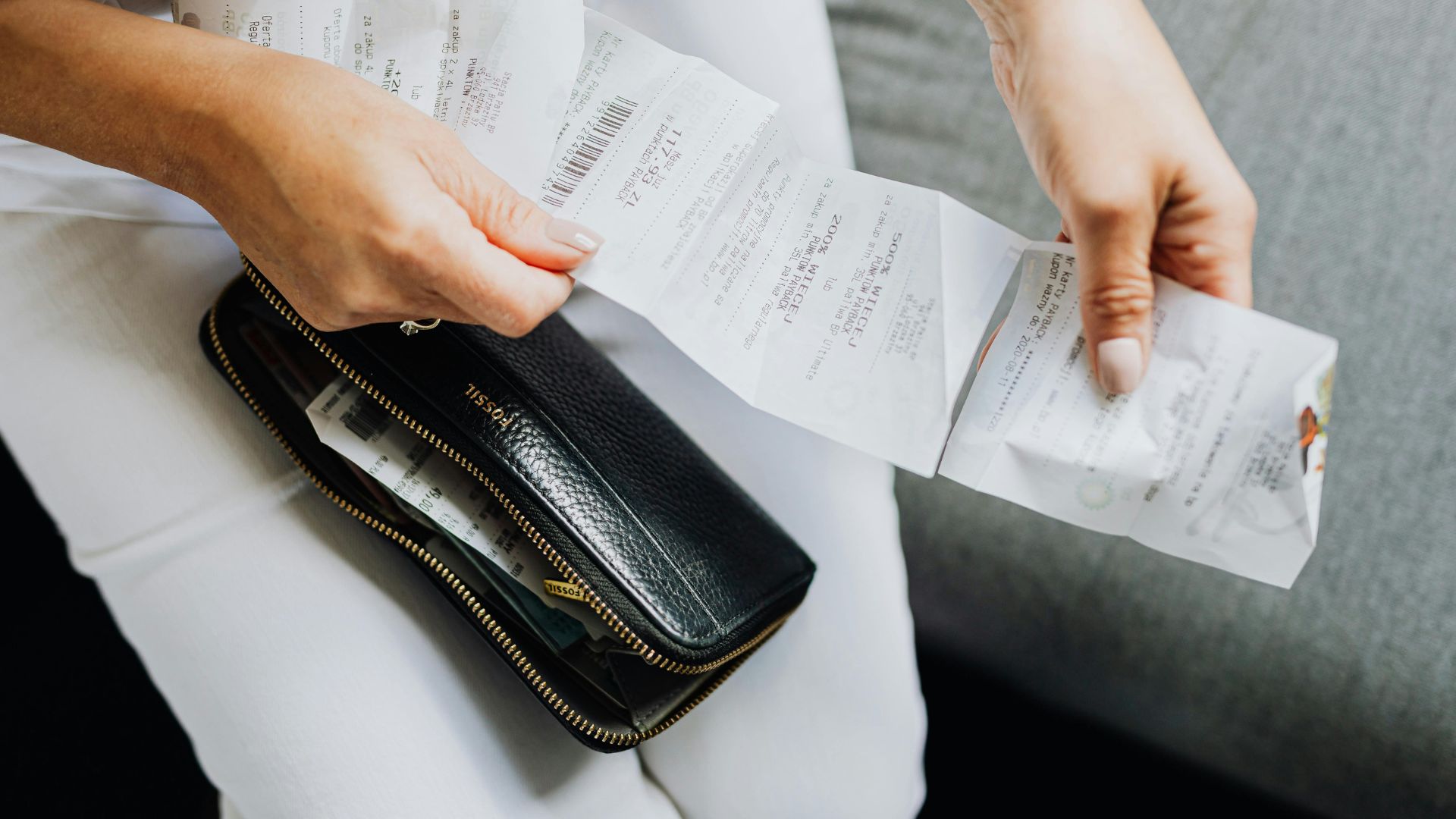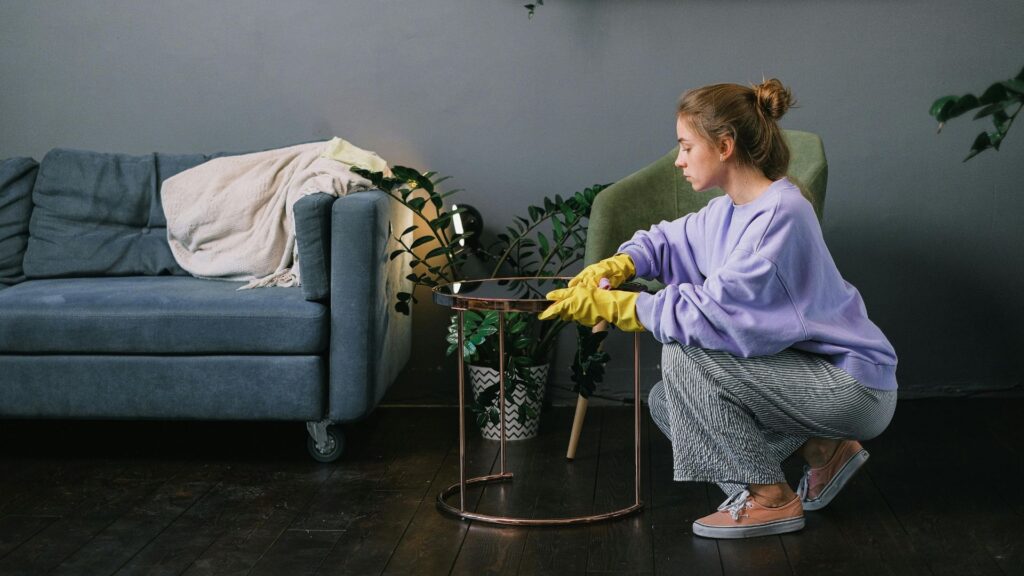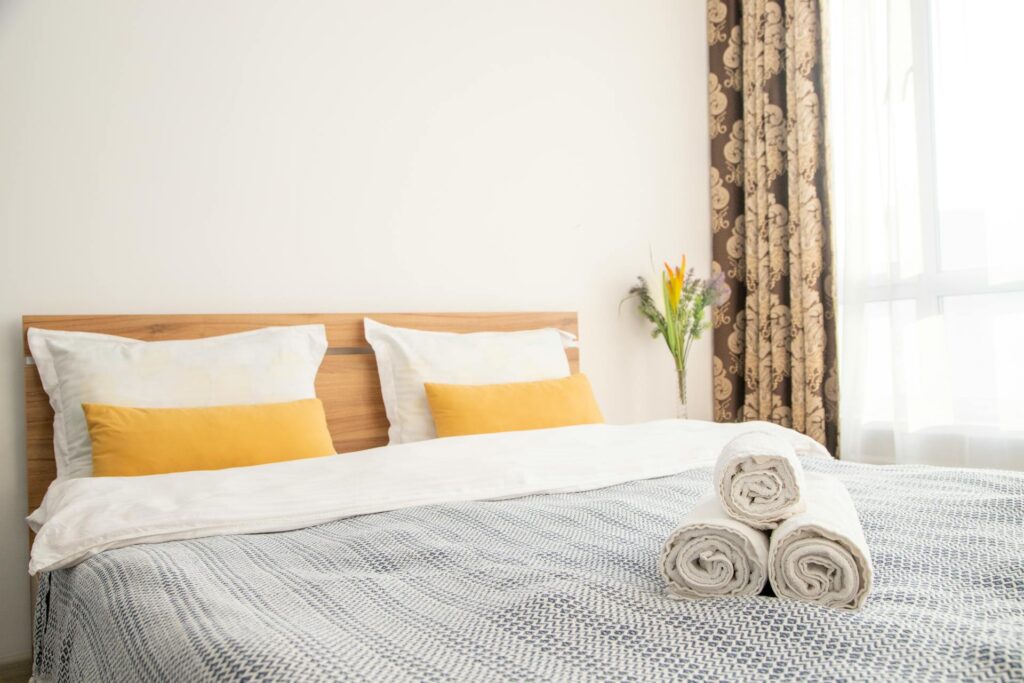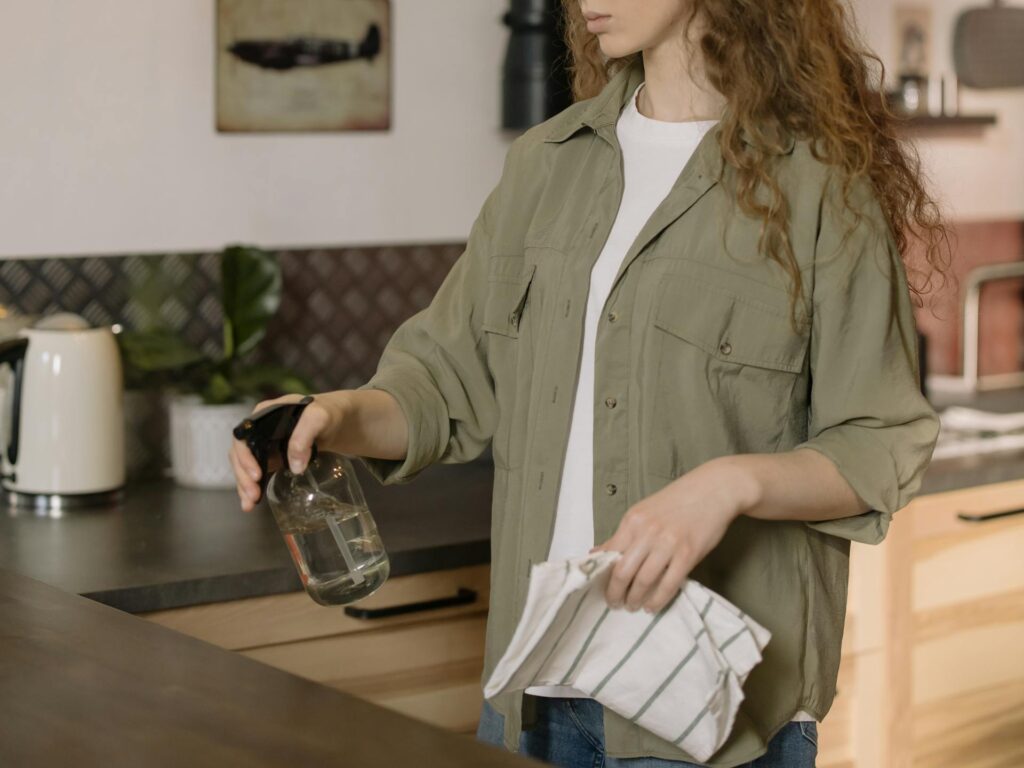If your water bill feels higher than it should be, you’re not alone. Many households waste gallons every day without even realizing it. The good news? You can cut back without giving up long showers or letting your yard go brown.
Saving water doesn’t mean sacrificing comfort. With a few simple upgrades and habit changes, you can keep your home running smoothly while using less—and spending less.
Fix the Leaks You Can’t See
A slow leak might not seem like a big deal, but it adds up fast. One dripping faucet can waste more than 3,000 gallons a year. Toilet leaks are even worse, and many go unnoticed for weeks.
Check your faucets, showerheads, and toilets regularly. A quick test: put food coloring in the toilet tank. If the color seeps into the bowl without flushing, you’ve got a leak. Replacing a flapper or worn washer is a cheap fix that can save you big over time.
Upgrade to Water-Saving Fixtures
Modern low-flow showerheads and faucets feel just as good as older models, sometimes even better. They reduce water flow without reducing pressure, so you can still enjoy long, relaxing showers.
Toilets are another major source of water use. If yours is more than 10 years old, replacing it with a WaterSense-certified model can cut your toilet water use in half. That adds up quickly in a busy household.
Be Smart About Showers and Baths
You don’t need to give up showers to save water, just be more efficient about them. Reducing your shower time by even two minutes can save up to 1,500 gallons a year per person.
If you take baths, try filling the tub only halfway. You’ll still get the relaxing soak without the excess. And always fix slow-draining tubs and showers, standing water can waste heat and attract mildew.
Rethink Your Laundry Routine
Washing clothes accounts for nearly 20% of indoor water use. Make sure you’re only running full loads, and switch to cold water to save energy too. If you’re shopping for a new washer, look for high-efficiency models—they use 33% less water and up to 25% less energy.
Front-loading machines tend to be more efficient than top-loaders. And avoid the extra rinse cycle unless it’s really necessary.
Don’t Overwater the Yard
Outdoor watering can drain your bill fast, especially in summer. The key is watering smarter, not more. Water early in the morning or late in the evening to reduce evaporation. Use a hose nozzle with a shut-off valve so you’re not wasting water between plants.
Installing a rain sensor on your sprinkler system keeps it from running when it doesn’t need to. You can also swap thirsty grass for native plants that thrive with less water.
Collect and Reuse Where You Can
Rain barrels are a great way to capture water for gardens, lawns, or even outdoor cleaning. They’re easy to install and help cut down on the water you pull from the tap.
Inside, you can reuse water from rinsing vegetables or cooling boiled eggs to water plants. It’s a small change, but every gallon saved counts.
Upgrade Appliances Over Time
When it’s time to replace dishwashers or washing machines, look for Energy Star-certified options. These appliances are tested for efficiency and often come with rebate offers that lower your upfront cost.
Modern dishwashers, for example, use less water than washing by hand, especially if you skip the pre-rinse. Just scrape food off your dishes and let the machine do the rest.
Use Timers and Smart Devices
Smart irrigation systems and leak detectors can help you monitor water use in real time. Some apps will alert you if your usage spikes suddenly, helping you spot a hidden leak fast.
Timers for outdoor watering systems keep things efficient and ensure you’re not watering during the hottest—and least effective—part of the day.
You don’t need to upend your lifestyle to lower your water bill. Start with small changes, and upgrade as you go. The savings will show up month after month, and your home will still feel just as comfortable and clean.
Conserving water is good for your wallet, your home, and the planet—and in most cases, you’ll barely notice the difference.



